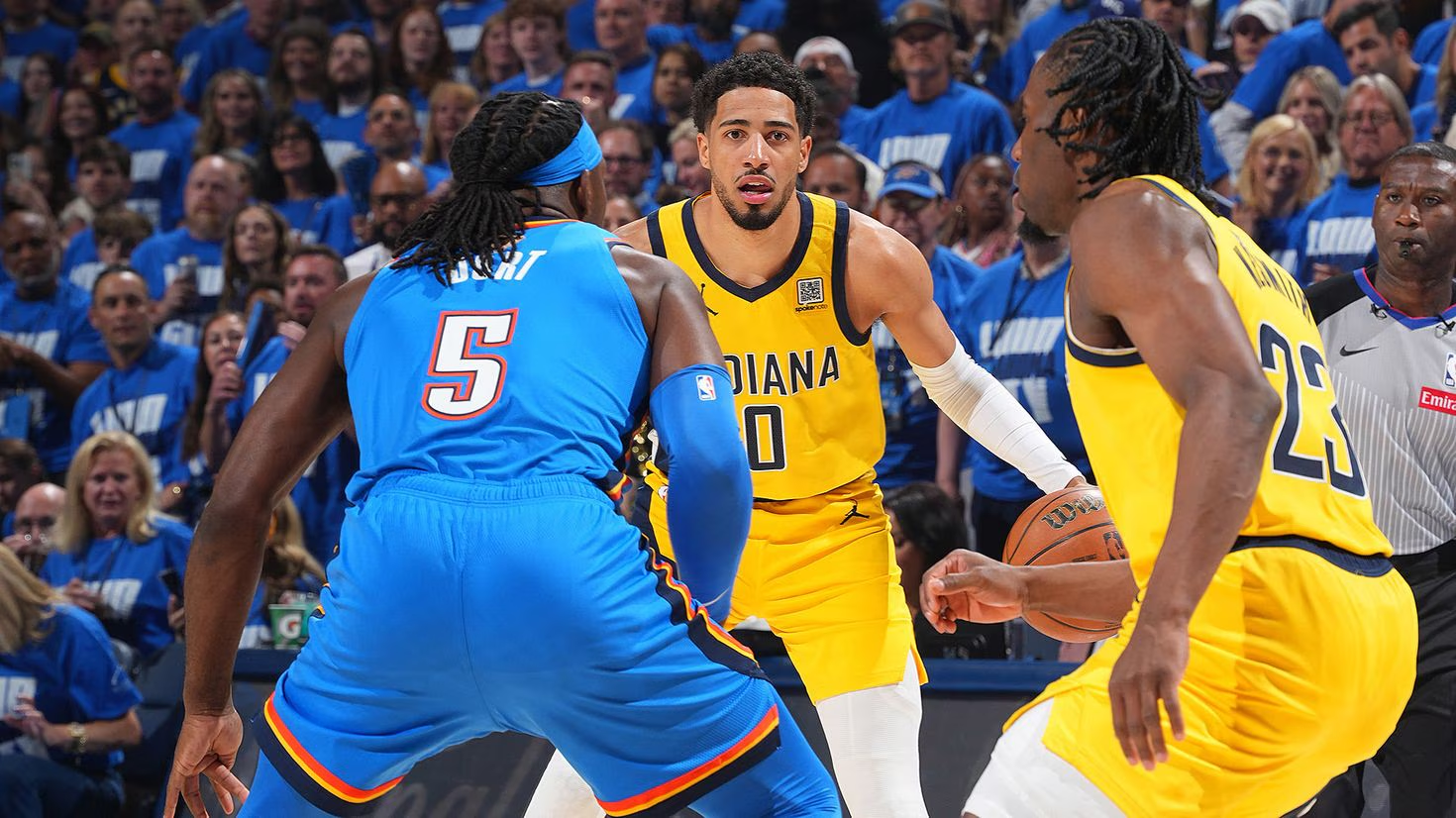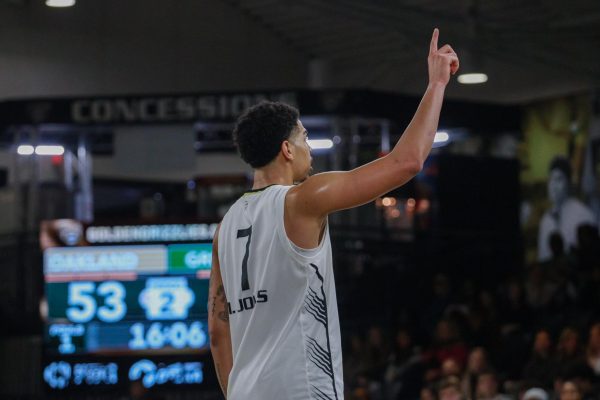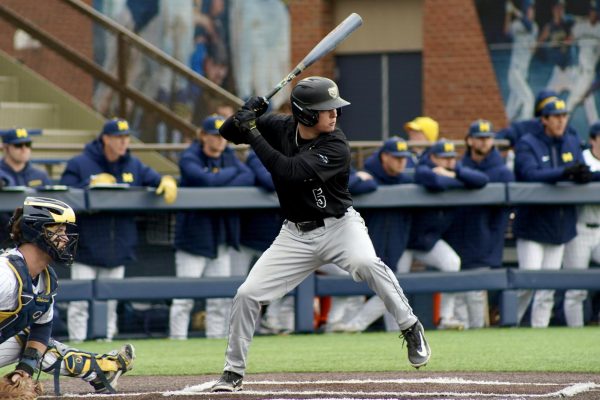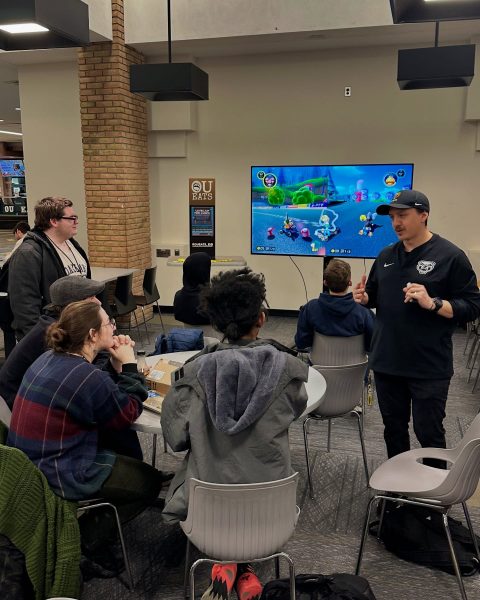Stating a case for a local legend
COLUMN
This past week, one of Detroit’s greatest athletes was once again denied entry into his sport’s prestigious Hall of Fame. I am of course referring to Alan Trammell, the soft-handed shortstop who, alongside Lou Whitaker, formed a duo that holds the record for most double-plays turned in MLB history.
Whether it’s because I grew up watching Trammell in the twilight of his career or because of my Detroit Tigers fandom, I have a problem with his continued exclusion from Cooperstown. Only outfielder Andre Dawson was inducted in the 2010 Class, with Trammell garnering a measly 22.4 percent of the votes — 75 percent of the votes are needed for induction.
This was the the ninth year Trammell’s name appeared on the ballot.
In 1984, the Detroit Tigers took the American League by storm, winning 35 of their first 40 games, en route to winning 104 games and eventually the World Series. Showered by cheers of “Bless You Boys!” by the Detroit faithful at legendary Tiger Stadium, that season’s Tigers team is arguably one of the greatest of all time.
One of the leaders of the squad that year was the aforementioned Trammell. Despite missing 23 games with shoulder tendinitis, he finished in the top 10 in the American League in both batting average and on-base percentage.
In the 1984 playoffs, he hit .364 in the American League Championship Series versus the Kansas City Royals and .450 in the World Series versus the San Diego Padres. His play in the World Series ended up earning him MVP honors.
Some players have made their marks on MLB history as “one-hit wonders,” flaming out after one spectacular regular season or single postseason. With Trammell, however, the 1984 season was anything but an abberation.
In an era where most shortstops were light-hitting defensive specialists, Trammell was a rarity. While he was extremely skilled defensively — his fielding percentage was an incredible .976 for his career — his offensive numbers were pretty amazing for a shortstop.
As it stands today, 23 shortshops have been selected to the Hall of Fame.
In his entire 20-year career wearing the old English D, the man known as “Tram” played in 2,293 games. In that span, he hit for an average of .285, an on-base percentage of .352, accumulated 2,365 hits, over 1,000 runs scored and RBIs and 236 stolen bases.
He was voted to the All-Star game six times, won the American League Gold Glove award four times and the AL Silver Slugger award three times. He was even awarded the 1983 Comeback Player of the Year award.
One of the most heralded shortstops of all time, Ozzie Smith, was inducted into the Hall in 2002 with an astonishing 91.7 percent of the votes during just his first year on the ballot.
Looking at both of their careers, it’s hard to see how Smith made it into the Hall so easily while Trammell is forced to wait, perhaps forever.
He may have fewer hits (2,365 to Smith’s 2,460), but that could be attributed to the fact that Smith played on artificial turf his whole career while the right-handed Trammell played on the grass at Tiger Stadium, traditionally a left-handed hitter’s park.
Other important statistics that define Hall of Famers — homeruns, RBIs, walks, batting average, on-base percentage, and slugging percentage — lean toward Trammell. He has 157 more homeruns than Smith (185 to 28), 210 more RBIs (1,003 to 793), and hit better overall (.285 lifetime average to Smith’s .262).
Aside from statistics, Trammell was an all-around great player who changed the shortstop position. No longer were players able to just coast by when they came to the plate — good hitting and fielding were both crucial to a player’s success.
Similar to Trammell, players like Hanley Ramirez, Derek Jeter, and Jimmy Rollins are once again redefining the shortstop position. As time passes, however, these players will make Trammell’s credentials look less impressive.
Trammell is eligible for the 2011 ballot, but unfortunately, his critics outweigh his supporters, which will likely keep him out of the Hall of Fame.






